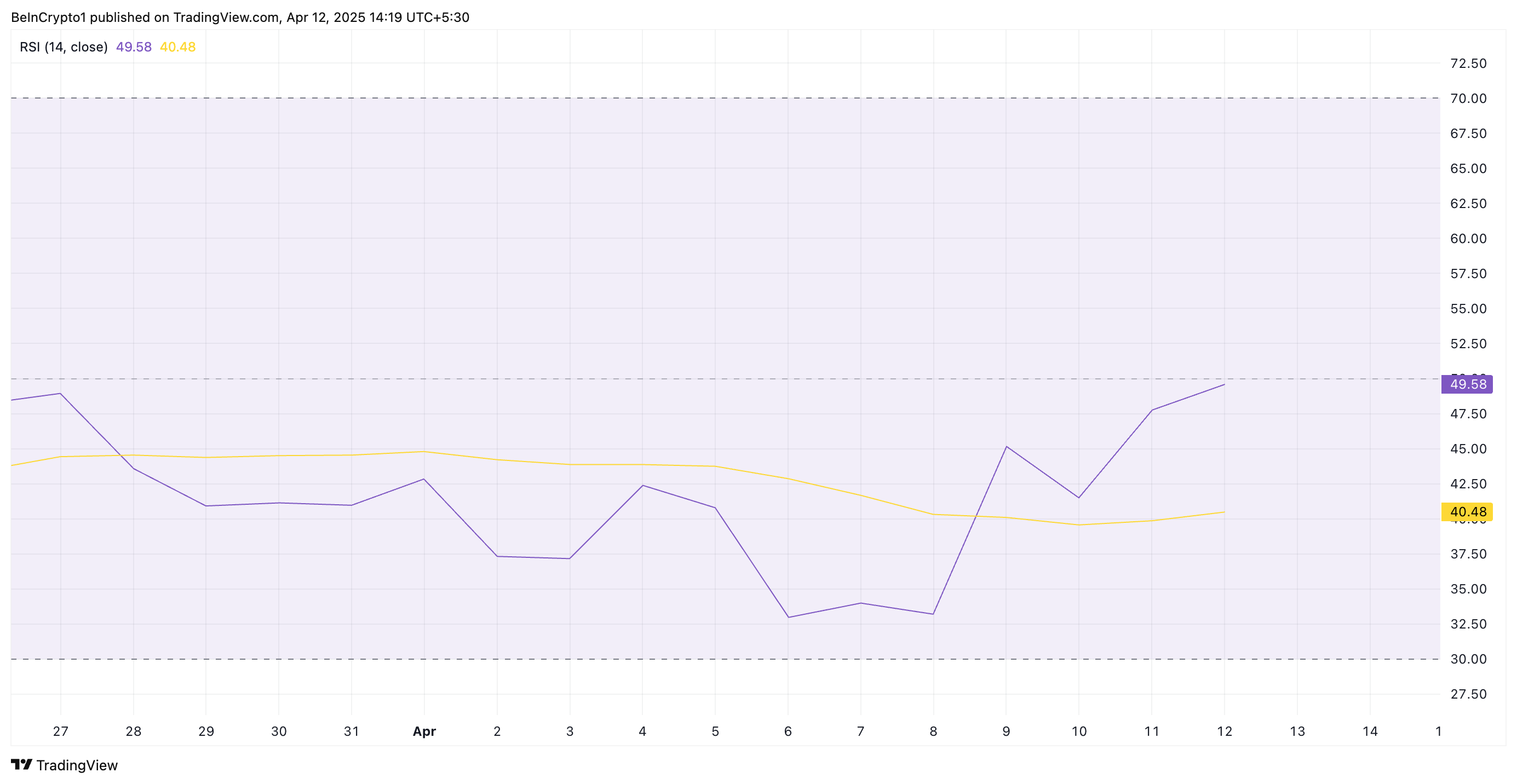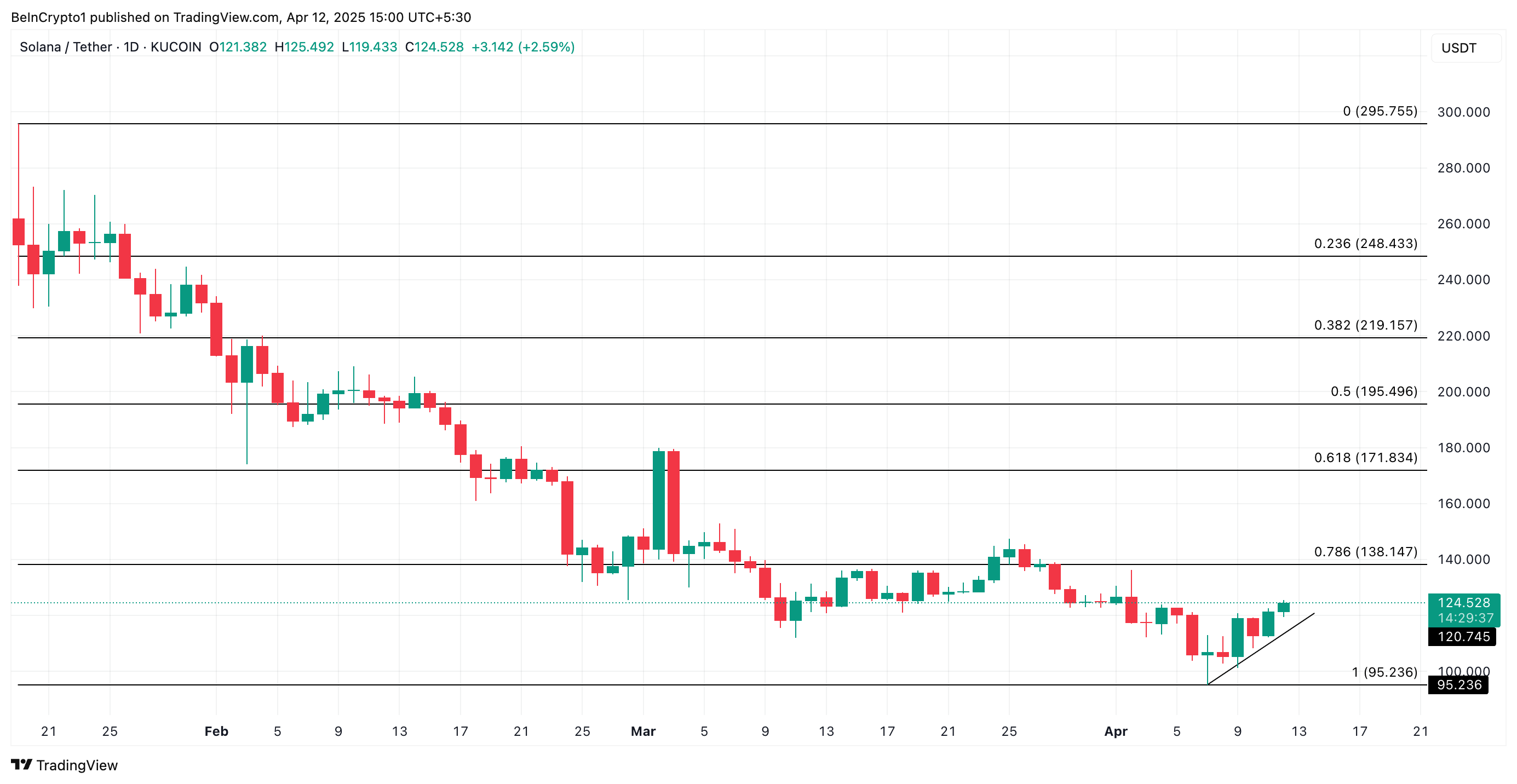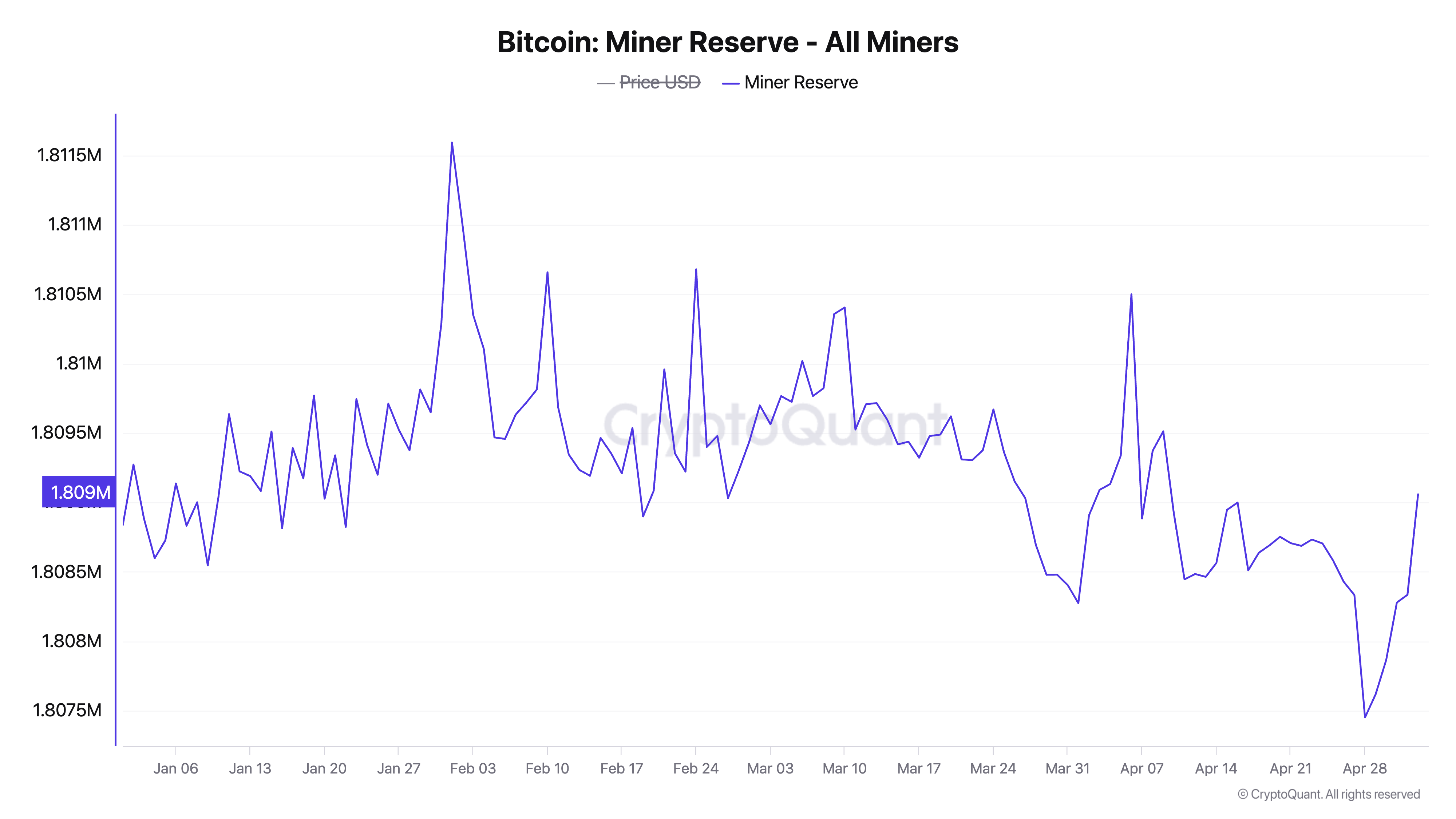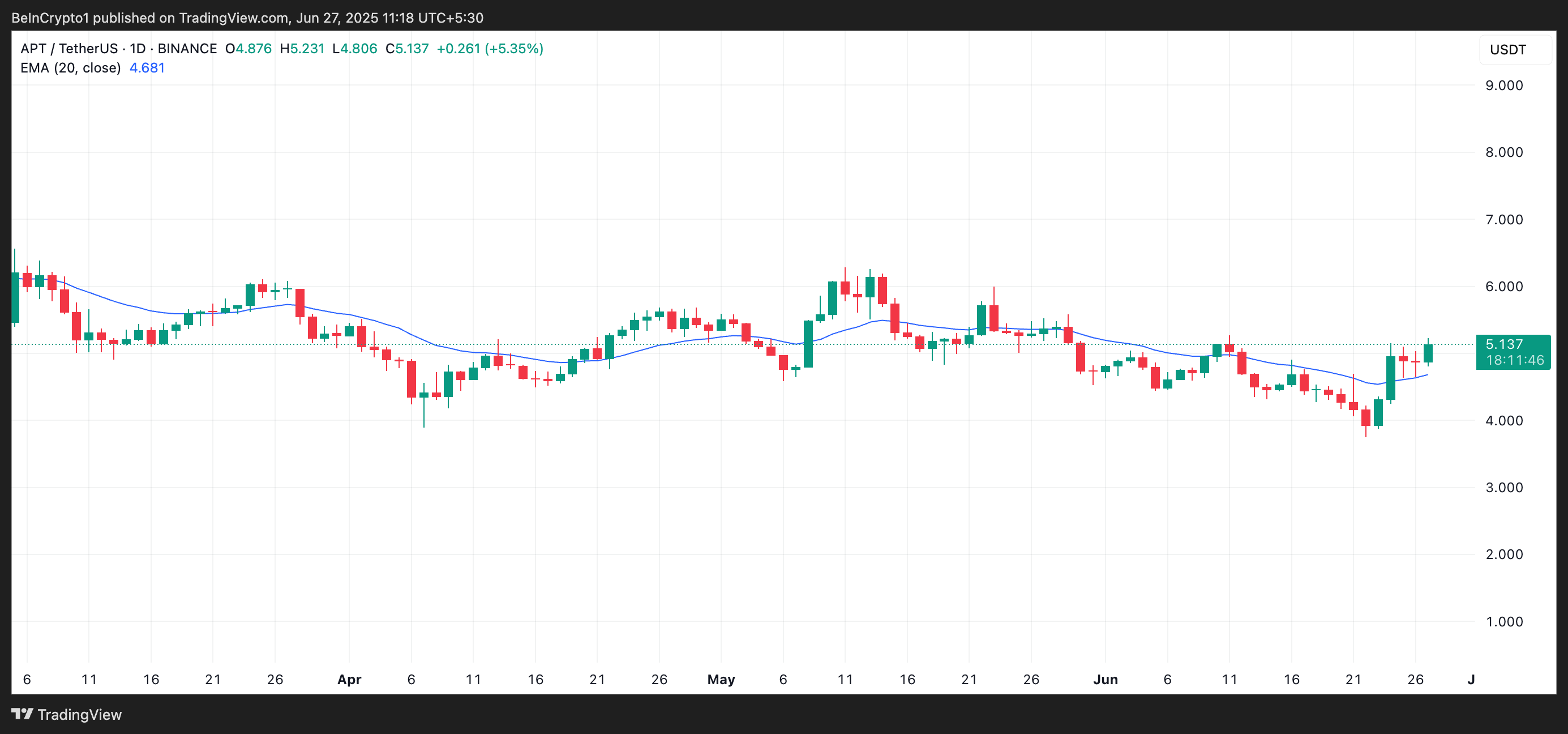HTX, a leading global cryptocurrency exchange, has announced the launch of the sixth phase of its Crypto Gem Hunt program. Amidst a crypto market characterized by persistent volatility, with Bitcoin fluctuating between $100,000 and $110,000, market sentiment remains largely influenced by macroeconomic policies, regulatory developments, and speculative behavior. Against this backdrop, HTX’s Crypto Gem Hunt leverages rigorous data analysis and a meticulous selection process to spotlight seven standout projects. These projects are strategically positioned for growth and demonstrate strong community engagement. The selected assets span some of today’s most dynamic sectors—including RWA/DeFi, AI, Meme, LSD, and SocialFi—and feature both promising new entrants and well-established projects that have recently outperformed broader market trends.
New Listings Shine Across a Well-Balanced Sector Mix
In May, HTX listed 23 new assets, including six stablecoins, an approach that underscores its commitment to staying at the forefront of the stablecoin trend and expanding its asset offerings. Notably, USD1 made its global debut on HTX. The token, issued by World Liberty Financial (a company backed by the Trump family), focuses on building a DeFi lending ecosystem in the United States. USD1 quickly gained traction as one of May’s most discussed projects on social media and received an S rating.
Besides USD1, two other new assets in Crypto Gem Hunt #6 have stood out:
- SYRUP (Maple Finance), a key player in the RWA/DeFi sector, experienced an impressive 117.7% surge following its listing on May 8, earning an A rating. SYRUP is the native token of Maple, a decentralized lending protocol that allows users to deposit USDC, receive syrupUSDC, and earn yield. All loans are collateralized by digital assets, ensuring both strong security and sustainable returns.
- KAITO, an innovator in the InfoFi/AI sector, recorded a remarkable 263.6% increase since its listing on HTX on February 23, securing an A rating. KAITO is building an AI-driven crypto information network that streamlines content distribution among creators, users, and capital. By empowering the content ecosystem, KAITO is positioning itself at the forefront of the convergence between crypto and AI.
Veteran Projects Regain Momentum, Fueling Compelling Narratives
Despite continuous shifts in market dynamics, a select group of earlier-launched projects are demonstrating remarkable resilience. Backed by strong product fundamentals and vibrant community support, they’ve recently returned to the spotlight with evolving narratives and renewed momentum, capturing the attention of both investors and users.
Two Meme projects from last September, MOODENG and NEIROCTO, serve as notable examples:
- MOODENG, built on the Solana (SOL) chain, surged an incredible 961.5% and received an A rating. Inspired by the famous pygmy hippopotamus from Thailand, MOODENG’s unique design, strong community, and viral momentum propelled it to a nearly tenfold increase post-launch.
- NEIROCTO (First Neiro On Ethereum) is community-driven and carries on the spirit of Doge. Since its launch on September 7, 2024, it has seen a peak increase of 235%. Through consistent operational efforts and content-driven initiatives, NEIROCTO has cultivated a highly engaged Meme community.
- ETHFI (ether.fi), launched in March 2024, emerged during the boom of the LSD sector and has since recorded a 258.7% increase. With rising interest in LSD solutions within the Ethereum ecosystem, ETHFI shows strong growth potential and a solid track record.
- MASK (Mask Network), launched in 2021, is a SocialFi project that recently gained 187.3%. Acting as a bridge between Web2 (traditional internet) and Web3 (decentralized internet), MASK integrates decentralized applications into mainstream social media via a browser plugin. Recent feature updates and community efforts have significantly contributed to its price recovery.
HTX Crypto Gem Hunt Empowers Users Across Market Cycles
To date, HTX has launched six rounds of its Crypto Gem Hunt program. The latest selection features not only high-growth new assets from emerging sectors but also established projects that have recently delivered strong performance. Together, these assets offer users a well-balanced portfolio—combining defensive stability with high-upside potential.
Looking ahead, HTX Crypto Gem Hunt will continue to empower users through professional, intuitive asset discovery supported by robust data and forward-looking analysis.
About HTX
Founded in 2013, HTX has evolved from a virtual asset exchange into a comprehensive ecosystem of blockchain businesses that span digital asset trading, financial derivatives, research, investments, incubation, and other businesses.
As a world-leading gateway to Web3, HTX harbors global capabilities that enable it to provide users with safe and reliable services. Adhering to the growth strategy of “Global Expansion, Thriving Ecosystem, Wealth Effect, Security & Compliance,” HTX is dedicated to providing quality services and values to virtual asset enthusiasts worldwide.
To learn more about HTX, please visit HTX Square or https://www.htx.com/, and follow HTX on X, Telegram, and Discord.
The post HTX Crypto Gem Hunt #6: Identify 7 Premium Assets with Strong Market Potential appeared first on BeInCrypto.














